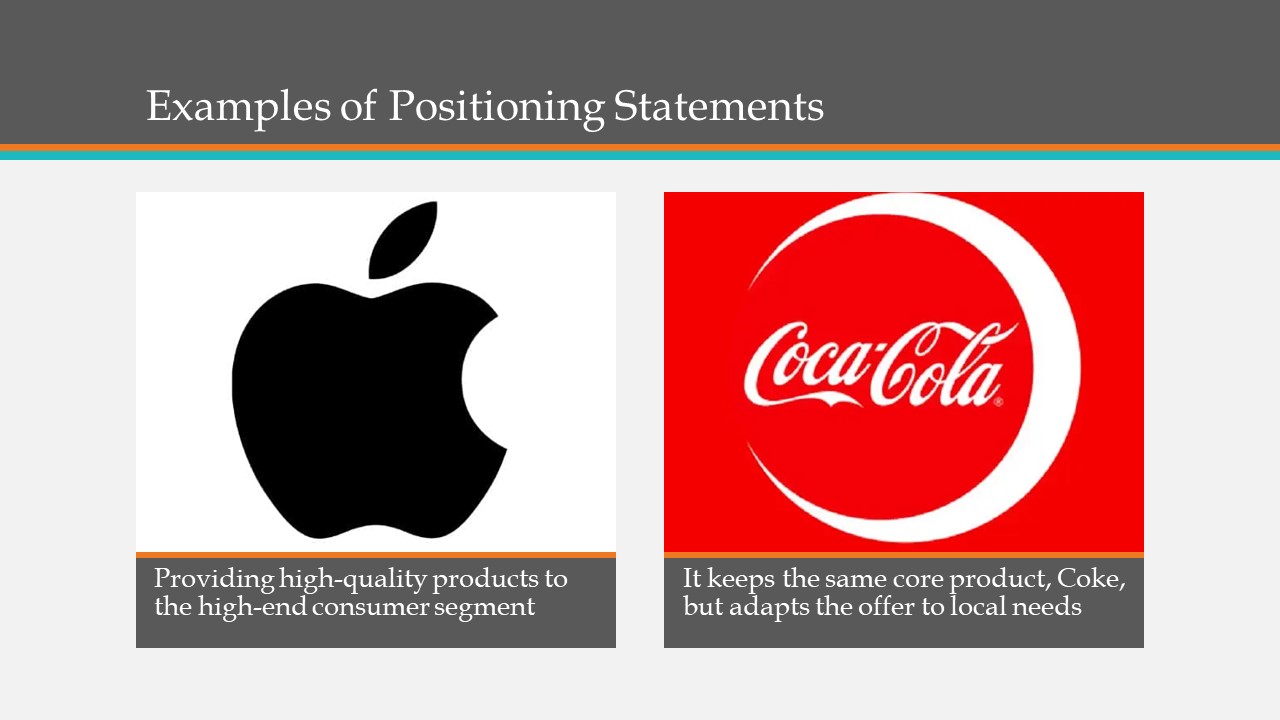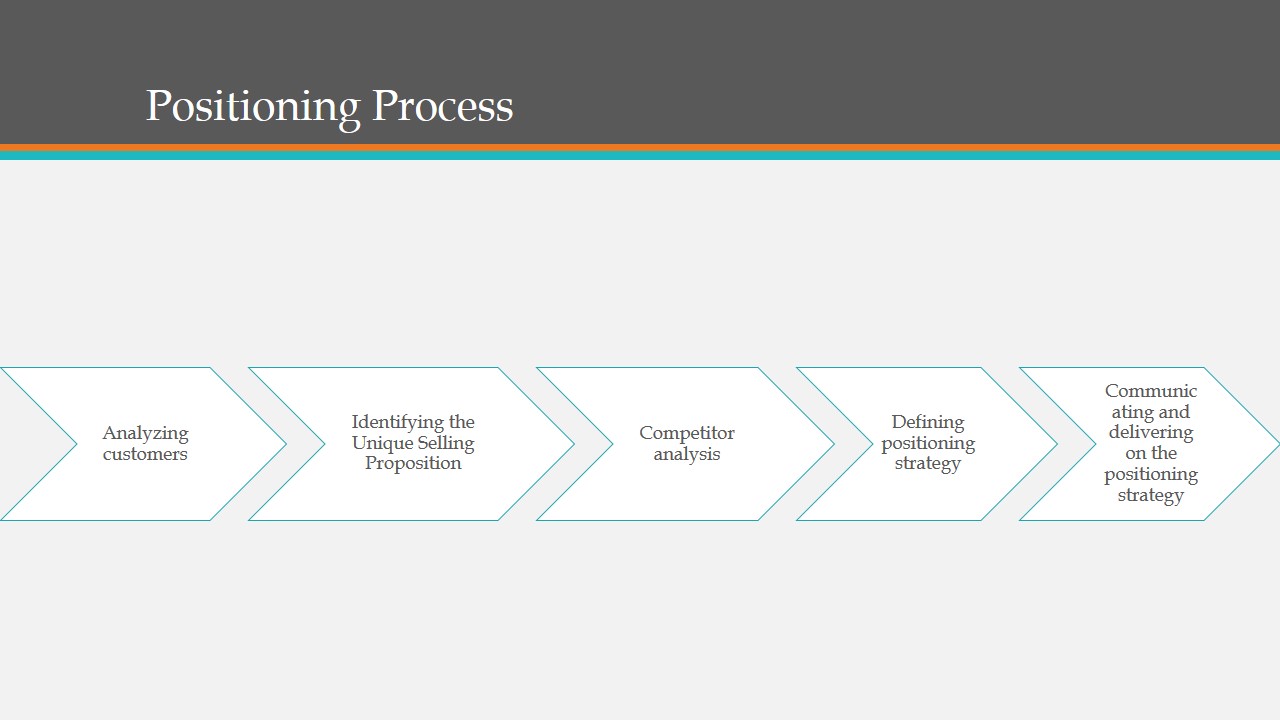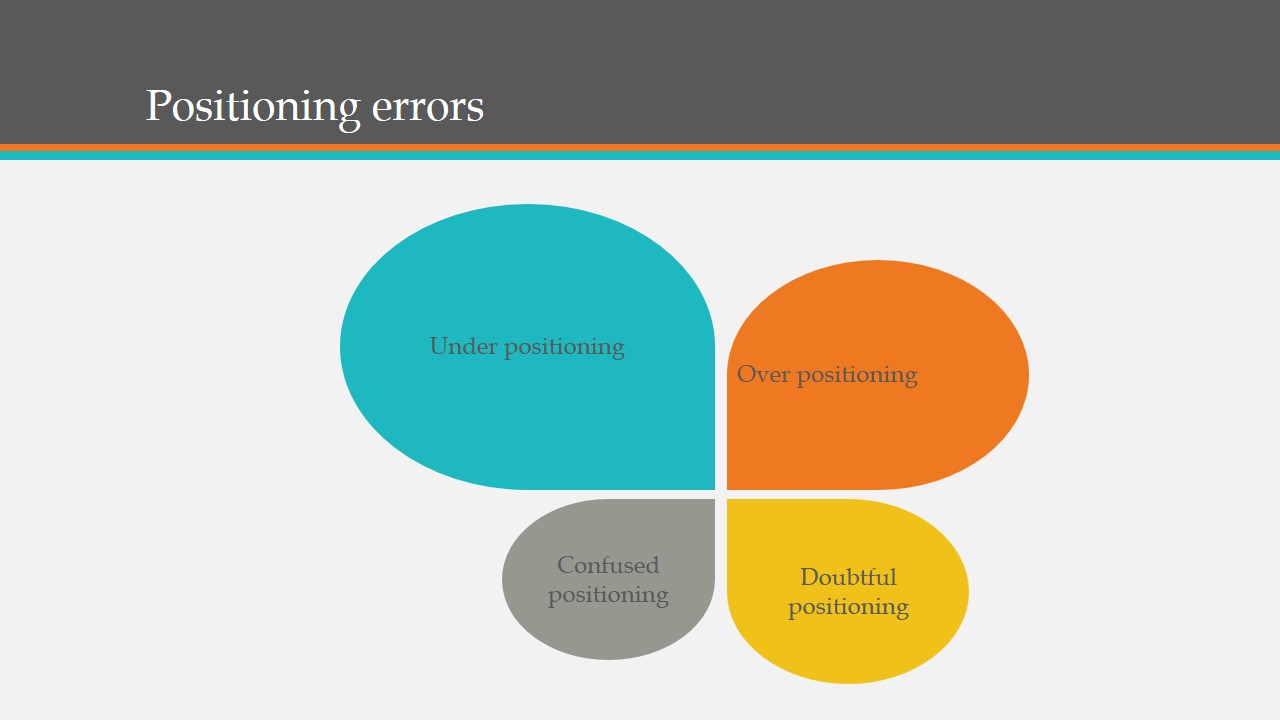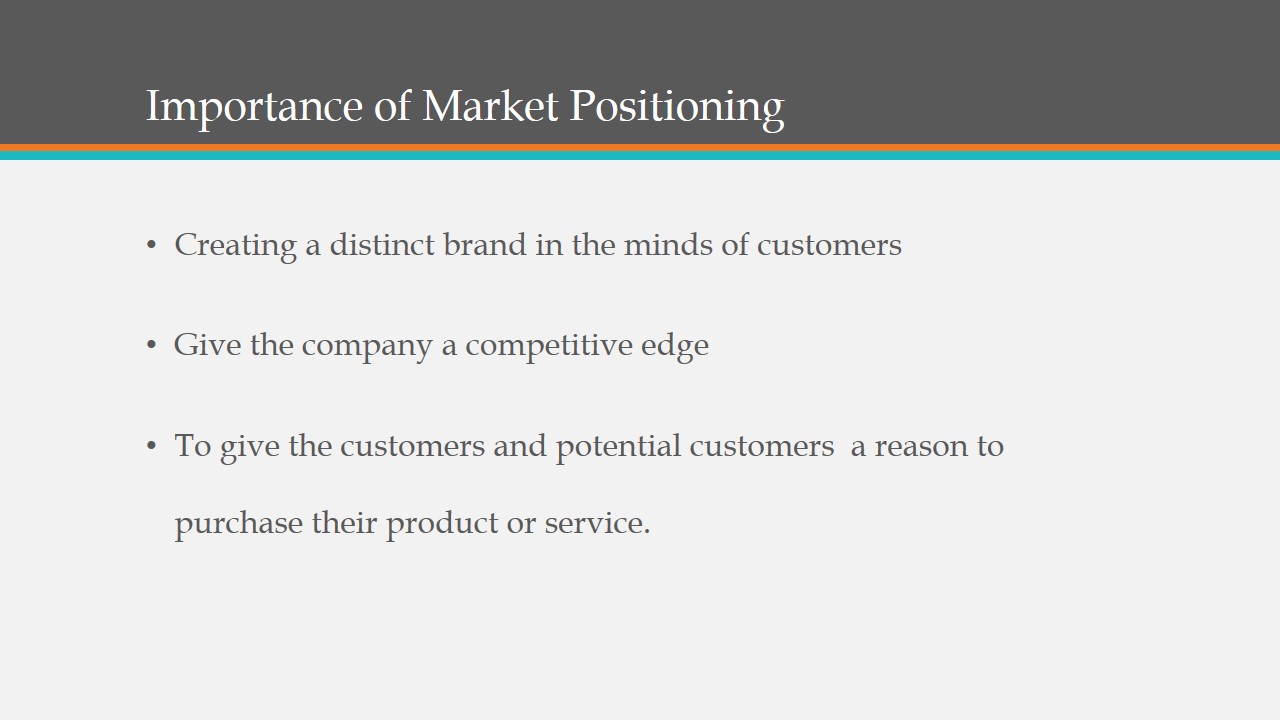Meaning and Definition
- One of the 4Ps of marketing.
- Consumers’ perception of a product or brand relative to that of competitors.
- Characteristics of positioning:
- Unique;
- Superior;
- Profitable;
- Not easily copied.
Have you ever wondered how a company can establish a product in an industry that is saturated with other performing businesses? Then the marketers should think about developing a positioning strategy. Marketing positioning is defined as the process of establishing the identity of a brand or product such that the customers perceive it in a specific manner. Imagine a company like Apple. Most people would say that it is its excellent service and innovative products that have driven its excellence in a market saturated with other smartphone companies. However, it is its positioning strategy. Unlike other companies, Apple decided to specialize in specifically the high-end consumer segment.

Examples of Positioning Statements
The following are examples of positioning statements of some of the world’s renown companies.

Positioning Process
It is essential for a marketer first to identify its target market and understand their needs and preferences. This can be achieved by conducting either a formal or informal market research. Regardless of the method selected, the customer has to be at the center of the marketing mix. This is followed by identifying the Unique Selling Proposition (USP). Every product or brand is required to have a USP or in the least some distinct features relative to that of the competitors so as to gain a competitive advantage. This may include price, product characteristics, or benefit to the customers. To identify the USP, a marketer should generate a list of products different from the competitors and determine the one that has the most weight. It is preferable to create an advantage based on benefits to the customers as compared to the price, and product features as the competitors can easily undercut the latter. The third is the identification of competition. For a marketer to create a USP, they also have to understand the market environment, which constitutes their competition. Evaluation of competitor positioning can be facilitated through perceptual or brand mapping. The creation of a catchy tagline and employing the right themes for advertisements then finalizes the positioning process. Moreover, it is essential for companies to fulfill the expectations that they have given the customers.

Positioning Strategies
The various types of marketing initiatives that companies can undertake to enhance the target market’s perception of the product include price-quality, category, user, application, and attribute. Pricing is an essential element to customers, and it often goes hand-in-hand with technology. Companies that provide reasonably quality products at lower prices often have an advantage over other product features. Secondly, a company specializing in a particular product category such that it is capable of growing and becoming a leader in that niche. Third, the user strategy focuses on positioning a product while keeping in mind a specific user.A good example is the cosmetics brands like Maybelline, which targets fashion-conscious women. Fourth, in the application or use strategy, segmentation is performed, keeping in mind the use or application of a product or service. Lastly, the attribute strategy focuses on the characteristics of the product. The product can be positioned relative to a product characteristic that has been ignored by competitors.

Positioning errors
While drawing its positioning strategy, a product, brand, or service might incur some positioning errors that would have an ultimate effect on the brand. In under positioning, the marketer fails to present a strong central reason for purchasing the product successfully. Therefore, the customer lacks adequate and in-depth information regarding the product, its features, and its applicability. Thus they end up generalizing it as a brand similar to other brands available in the market. On the other hand, in over positioning, the marketers make the product to seem too extraordinary. Consequently, potential customers end up having a narrowed perception of the brand. The impression is determined by the lack of information about the pre-decided notion. This sounds a bit complex, and the best way to simplify is through using an example. People think that Apple only deals with expensive products; nevertheless, they are unaware that the company produces a variety of products at different prices. Moreover, confused positioning is a phenomenon whereby a brand creates too many associations with a product or frequently repositions. This will confuse the customers on the products offered and interfere with the positioning schemes. Lastly, doubtful positioning is often observed when customers find themselves in difficult positions; that is, it is difficult to believe the claims made by the brand given the manufacturer, product features, or price.

Importance of Market Positioning
- Creating a distinct brand in the minds of customers;
- Give the company a competitive edge;
- To give the customers and potential customers a reason to purchase their product or service.
In the current competitive world, market positioning is an essential element for any company. Through positioning, company’s are able to determine the best approach through which they can identify their USP and communicate to customers and potential customers based on their needs, competitors, available communication channels, and carefully crafted taglines and statements. Therefore, overall, it ensures that the marketing messages resonate with the target customers and compel them to embrace the brand or buy associated products.
